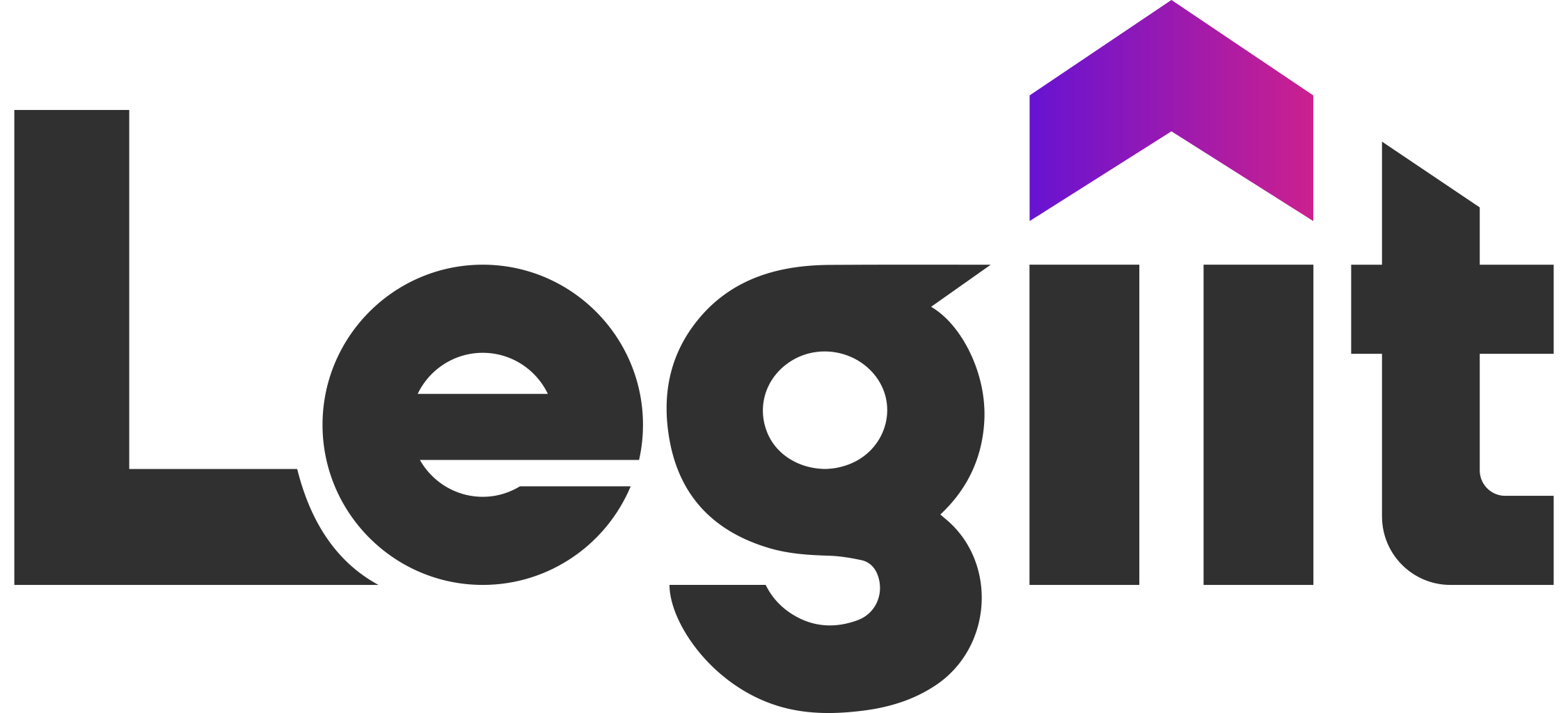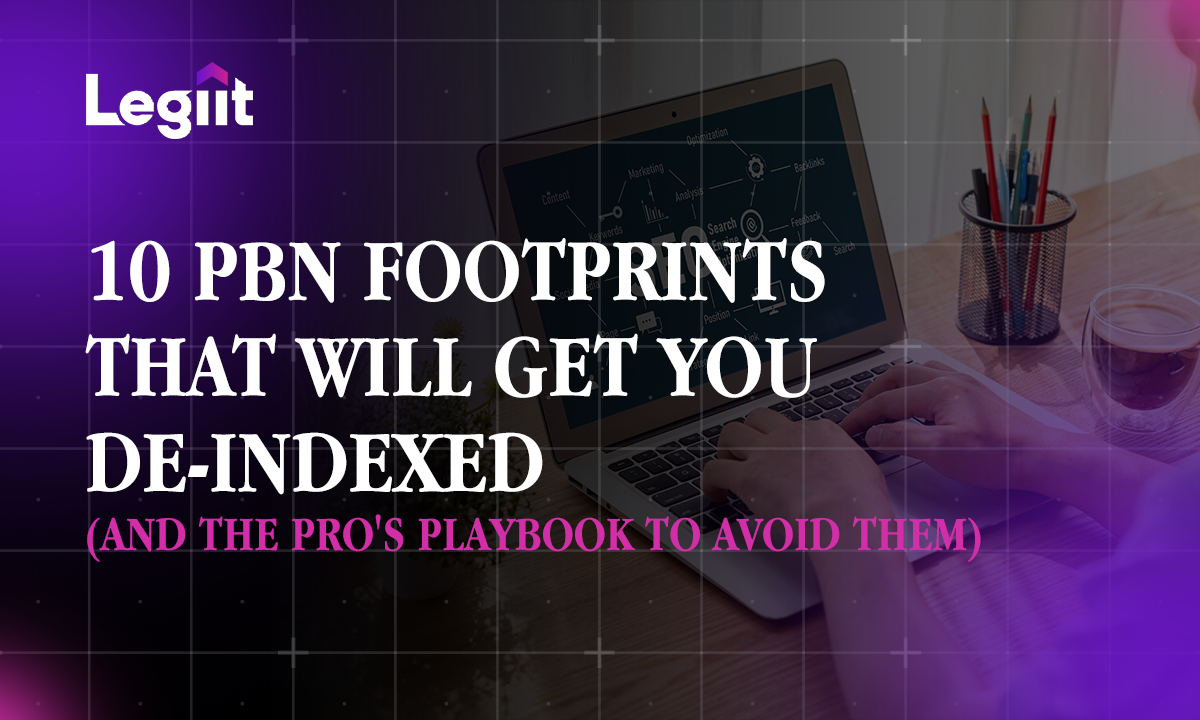Product category pages are essential for driving traffic and sales on e-commerce sites. They serve as a bridge between your home page and product pages, helping users discover the products they need while guiding search engine crawlers through your site structure.
When you optimize ecommerce category pages, it ensures better SEO rankings, more qualified leads, and a smoother user experience.
This blog post will show you how to optimize an e commerce category page for SEO in a way that benefits both users and search engines. Keep reading to know more about category page SEO.
Start with Strategic Keyword Research
The foundation of SEO ecommerce category pages is effective keyword research.
You want to set this foundation properly by identifying your primary keyword for each page, along with secondary keywords and related keywords.
For instance, a parent category like "Men’s Shoes" can include long-tail keywords like "best running shoes for men" or other relevant keywords like "formal shoes for men."
Use tools like Google Search Console to analyze search queries with good search volume and focus on terms relevant to both users and your broader categories.
Organize Categories Logically
Site structure plays a crucial role in how search crawlers index your ecommerce site.
When you organize your site, each broader category should have clear parent categories and relevant child categories.
For example, a parent category like "Women’s Clothing" can have child categories such as "Dresses," "Tops," and "Pants."
This structure helps search engines understand how your pages relate and makes it easier for users to navigate your ecommerce category pages.
Craft Compelling Title Tags and Meta Descriptions
The meta title and meta description are critical on-page SEO elements.
An optimized title tag should include the primary keyword and be written to capture the attention of users.
Meta descriptions, on the other hand, should provide search engines and users with a summary of the page’s content.
Write Unique Content for Every Category Page
Many ecommerce sites make the mistake of using duplicate content across their category pages.
Instead of doing that, write unique content that describes the products, their benefits, and why your ecommerce site stands out.
Then incorporate both primary and secondary keywords naturally into the content, focusing on how it helps users discover the right products.
Use Internal Linking to Boost Navigation
Internal linking is a powerful tool for both users and search engines.
Link category pages to sub-category pages, product pages, and even your home page to create a seamless browsing experience.
For example, a parent category like “Home Appliances” can link to other relevant categories like “Refrigerators” or “Microwaves.”
Next, ensure that internal links are placed contextually within the page's content. For instance, you can link phrases like “Explore more in our Refrigerators collection” or “Check out related products in Home Appliances.”
Optimize Images and Mobile Usability
Ecommerce category pages often feature multiple images to showcase the variety of products available.
As a result, using high-quality images with descriptive alt text helps search engines fully understand the content and provides better accessibility for users.
You should ensure that images are compressed to avoid slowing down your site.
Focus on the URL Structure
Optimal URL structure improves both user experience and SEO rankings.
So, it's important to ensure that URLs are descriptive, concise, and include the primary keyword.
For instance, instead of “www.mysite.com/cat123,” use “www.mysite.com/mens-shoes.” This makes it easier for users and search crawlers to understand the page.
If you use faceted navigation, configure canonical tags to prevent multiple URLs from causing duplicate content issues.
Keeping your URL structure clean and organized ensures that your SEO category pages rank effectively in search results.
Leverage Structured Data for Rich Snippets
Structured data, such as schema markup, helps search engines understand your e-commerce category pages better.
It can also provide enhanced search results, such as product ratings, prices, and availability.
Additionally, using structured data on ecommerce category pages not only improves visibility but also boosts click-through rates by giving users more information about what they can expect.
Enhance Load Times and Site Speed
Fast-loading pages are essential for both users and search engines.
The reason is that slow pages can lead to a higher bounce rate, negatively impacting your SEO rankings.
You can use a content delivery network (CDN) to serve your category pages quickly, optimize images for speed, and minimize scripts that may slow down the site.
Conclusion
Optimizing product category pages for SEO involves a blend of technical precision and user-focused design.
When you organize and optimize category pages logically, craft unique content, and leverage structured data among others, you can create e-commerce sites that rank well in search engines and deliver a great experience for users.
This guide has shown you how to optimize product category pages for SEO. Simply stay consistent with your SEO strategy, and watch as your category pages drive traffic, engage site visitors, and lead them closer to your checkout page.















 Download
Download